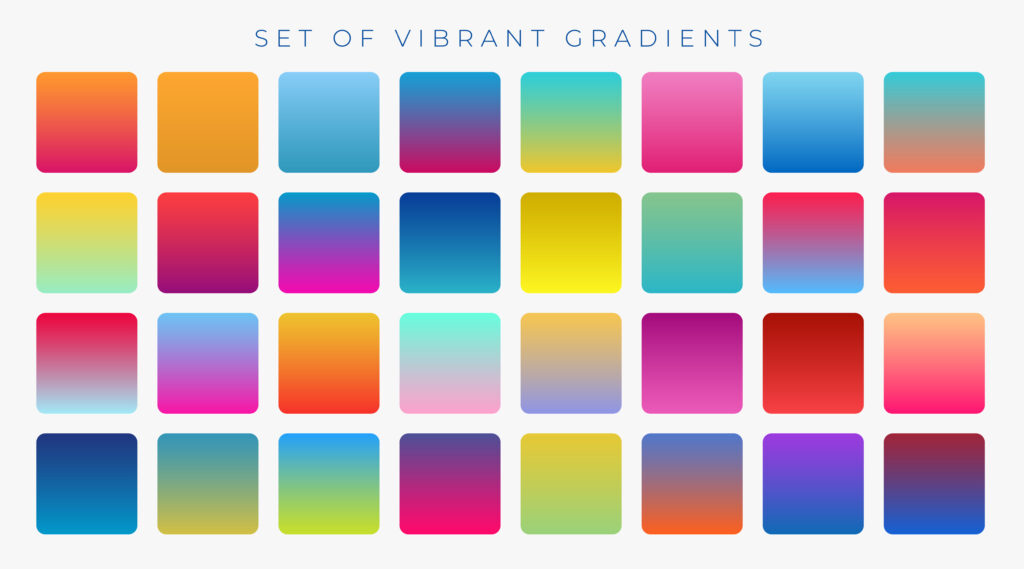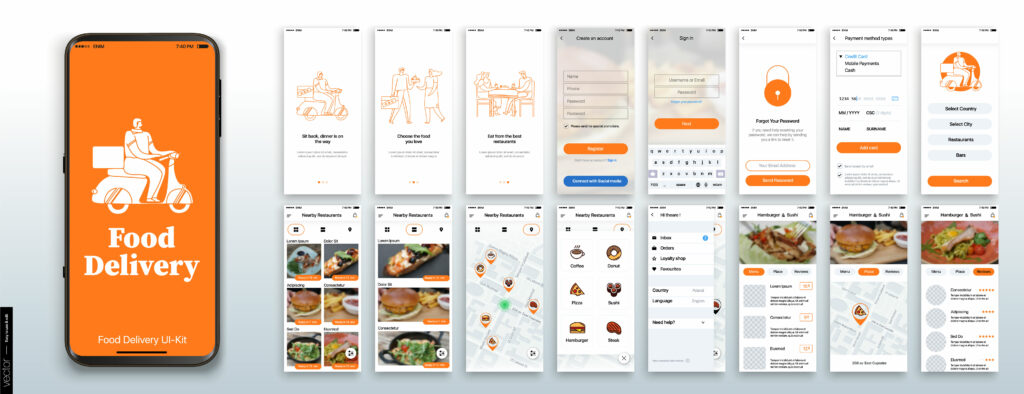What’s the difference between UI and UX?
If you’ve been in or around the software and tech industry the past few years, you’ve probably heard the terms UI and UX tossed around like hot potatoes. Sometimes interchangeably (which is wrong). But what do they really mean? More importantly, what’s the difference?
UI stands for User Interface, which is the graphical layout of an application. Think of UI as the façade of a building. It’s the front door, the windows, and the signage that welcomes you in. If the building’s UI is attractive and user-friendly, you’re more likely to want to explore what’s inside.
UX, on the other hand, stands for User Experience. UX is all about how the user interacts with the application. It’s the interior of the building, the furniture, the lighting, and the ambiance that makes you want to stay awhile. If the building’s UX is spot-on, you’ll feel right at home and won’t want to leave.
To put it in even simpler terms, UI is like the cake’s icing, and UX is like the flavor of the cake itself. You might be attracted to the cake because of the icing, but if the flavor is terrible, you won’t stick around for long.
So, what are the differences between UI and UX? Let’s use a dating app as an example.
The UI of a dating app would be the way the app looks. The layout, colors, fonts, and buttons that make up the app’s appearance. For example, a dating app with a red color scheme might appeal to people looking for passion and excitement, while a dating app with a blue color scheme might appeal to people looking for trust and reliability.

The UX of a dating app would be how it feels to use the app. The ease of swiping, the clarity of the profiles, the quality of the matches, and the overall satisfaction you get from using the app. For example, a dating app with a high-quality matching algorithm that connects you with people you’re likely to be interested in would provide a good UX, while a dating app that’s difficult to navigate and only matches you with people who are completely incompatible would provide a terrible UX.

To put it yet another way, UI is like dressing up for a date, and UX is like the conversation you have with your date. You might be attracted to someone because of their appearance, but if the conversation is boring and uninspired, you won’t be interested for long.
Of course, UI and UX aren’t mutually exclusive. A great UI can enhance the UX, and a great UX can make up for a lackluster UI. Let’s go back to the example of UI being a cake’s icing and UX being the flavor of the cake. The two elements work together to create one great, memorable, and hopefully delicious experience.
If you’re looking to create a successful application, you need to focus on both UI and UX. The UI will attract users, but the UX will keep them coming back for more.
Click here to learn more about our UX and HCD group, and the work that we’ve done.
All of CEI’s technology solutions start and end with the customer in mind. The basis of our approach to UI, UX, and HCD (Human-Centered Design) is a focus on a holistic view that takes in all of your users’ needs. We start with insights and deliver stunning visual design and interactions that lead customers across the entire sales journey. Our research, assumptions, and enhanced iterations help clients improve their brand awareness and simplify how their users interact with their products and services. We help organizations tap into their talents to pinpoint what’s different about them so they can innovate with confidence and strengthen their relationships with customers.

